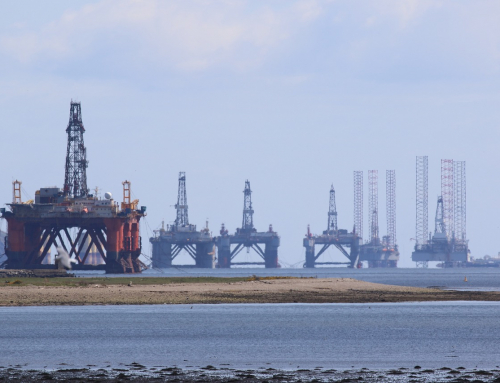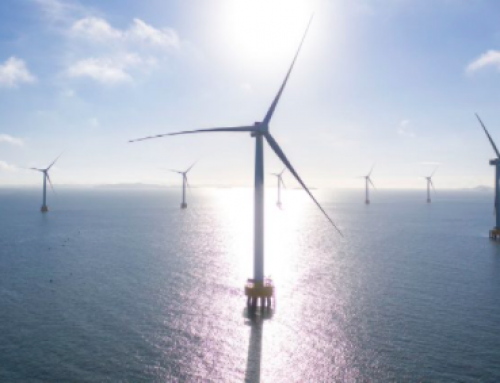On 6 October the Secretary of State for Communities and Local Government, Sajid Javid, approved Cuadrilla’s application to explore for shale gas on the Preston New Road site, thereby overturning Lancashire County Council’s rejection. Javid is also minded to approve exploration on the Roseacre Road site providing Cuadrilla can satisfy him on highway safety issues.
At each site there are two applications. The first is for drilling, fracking, and flow testing up to four wells, followed by connection to the gas grid network, decommissioning and site restoration. The second is for monitoring seismicity and ground water within a radius of 4 km over a period of 5 years. To this end Cuadrilla will install 80 buried seismic sensors with 9 monitoring stations and drill 3 shallow boreholes, each with 2 branches.
Each approval comes with several conditions related to environmental factors such as noise and highway safety. The specific drilling and fracking plans will still need to be approved by the Department for Business, Energy and Industrial Strategy to check that they conform to existing regulations.
This is a significant test case for shale gas in the UK. The results will be interesting in themselves, but the real question is what they tell us about large-scale production of shale gas. There are many issues, which are divided into three groups below. Some of these will be examined in more detail in later articles.

Views near the proposed sites. From www.cuadrillaresources.com
How much gas can be produced?
From previous exploration Cuadrilla estimate that there is at least 200 trillion cu ft of gas trapped in the shale in their licence area (UK consumption was 2.5 trillion cu ft in 2015). The first question is whether data from the new boreholes support this estimate.
The next question is how much gas can be produced. Flow comes initially from the natural and induced fractures, but these are drained over several months leaving a low background rate. The initial flow and the rate of decline will indicate how much gas can be recovered. However the eventual recovery from the whole reservoir depends as much on the number and cost of new wells as it does on the gas in place. Typically, 10 percent of the gas in place may be recovered.
How much will it cost?
These wells will provide valuable information on how the shale gas reservoir should be developed: for example, the number of wells needed, their horizontal extent and the number and size of the frac jobs. Because the wells decline fast, new wells are needed continually to maintain the production rate.
Several wells can be drilled in different directions from a single surface location, thereby limiting the surface footprint, but the number of locations will depend on local geography and communities. Experience in the USA suggests that a large operation is needed to make shale gas economically viable: expensive equipment is then shared and competition between drilling and fracking companies reduces costs.
What is the environmental impact?
The seismic sensors should give conclusive results on whether or not the fracking caused significant tremors, both during fracking and afterwards. The shallow observation wells should determine whether there has been any ground water contamination.
The approval spells out conditions of noise, highway safety, visual impact and the handling of waste fluids. Failing the environmental tests will put a brake on shale gas exploration. Passing them will raise questions about the much greater impact of a full-scale development.
Conclusions
Cuadrilla’s project will go a long way to proving whether environmental factors, in particular seismicity and ground water contamination, should or should not prevent shale gas development. It should also tell us whether producing gas from the Bowland shale in Lancashire is commercially viable and on what scale.
However, whatever the results, one example is not enough. Further exploration is needed elsewhere, for example in other parts of the Bowland shale, to evaluate how much shale gas the UK can produce at what cost and with what environmental impact. All in all we feel that this potentially valuable resource should be investigated, and therefore it is a good thing that these permissions have been granted.





